Snow leopards, often referred to as “ghosts of the mountains,” are one of the most elusive big cats in the world. These majestic creatures roam the rugged landscapes of Central and South Asia, and their stealthy nature combined with the remote habitats they occupy have made them a subject of fascination and mystery. This article delves into the unique characteristics and behaviors that make snow leopards exceptional in the world of big cats, exploring their habitat, adaptations, and conservation challenges.
The Natural Habitat of Snow Leopards
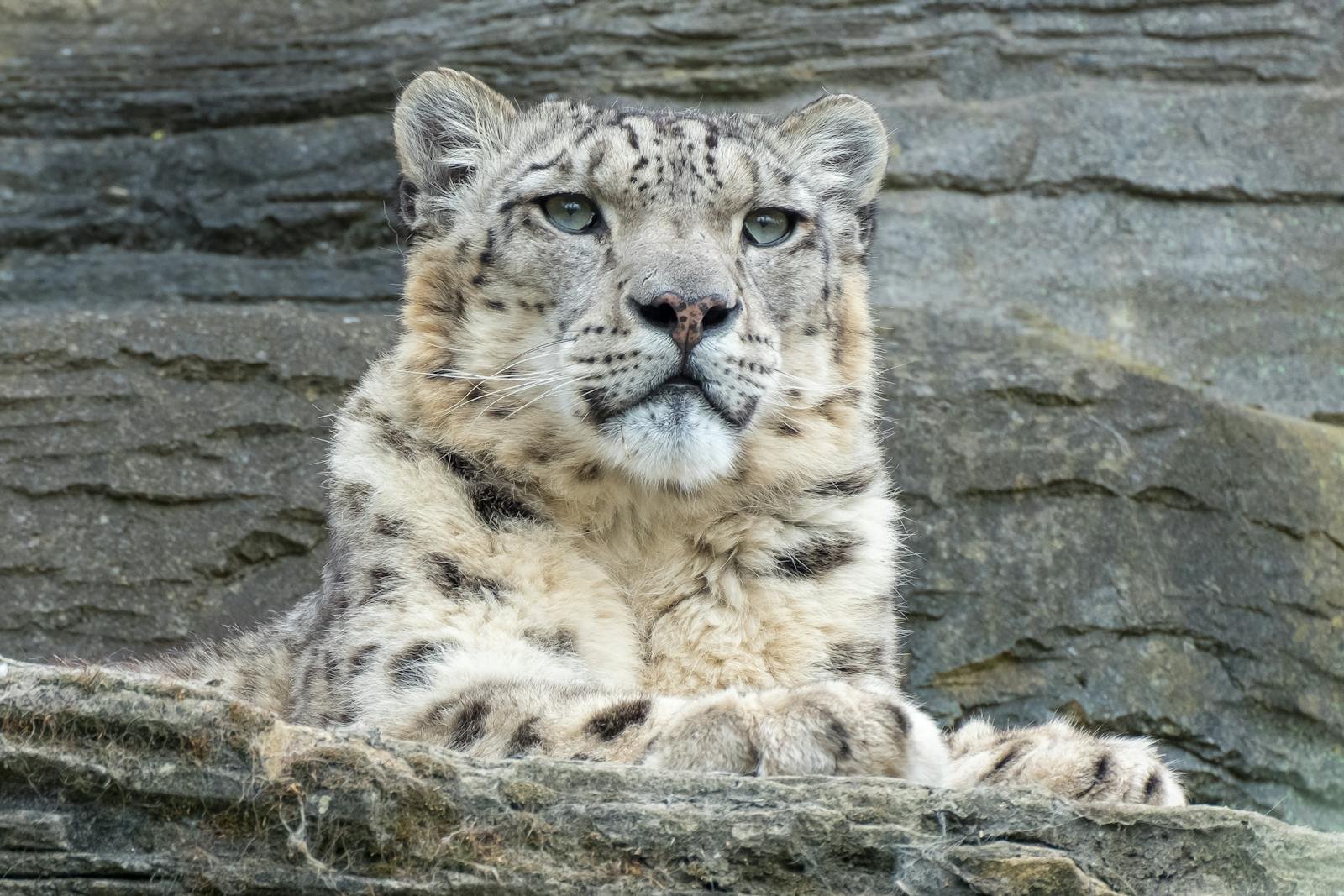
Snow leopards inhabit the mountain ranges of Central and South Asia, including the Himalayas, Altai, and Tian Shan. These regions are characterized by harsh climates, high altitudes ranging from 3,000 to 5,500 meters, and rugged terrain that provides the perfect camouflage for these stealthy predators. The remoteness and inaccessibility of these habitats contribute significantly to their elusive nature.
Adaptations for High-Altitude Survival
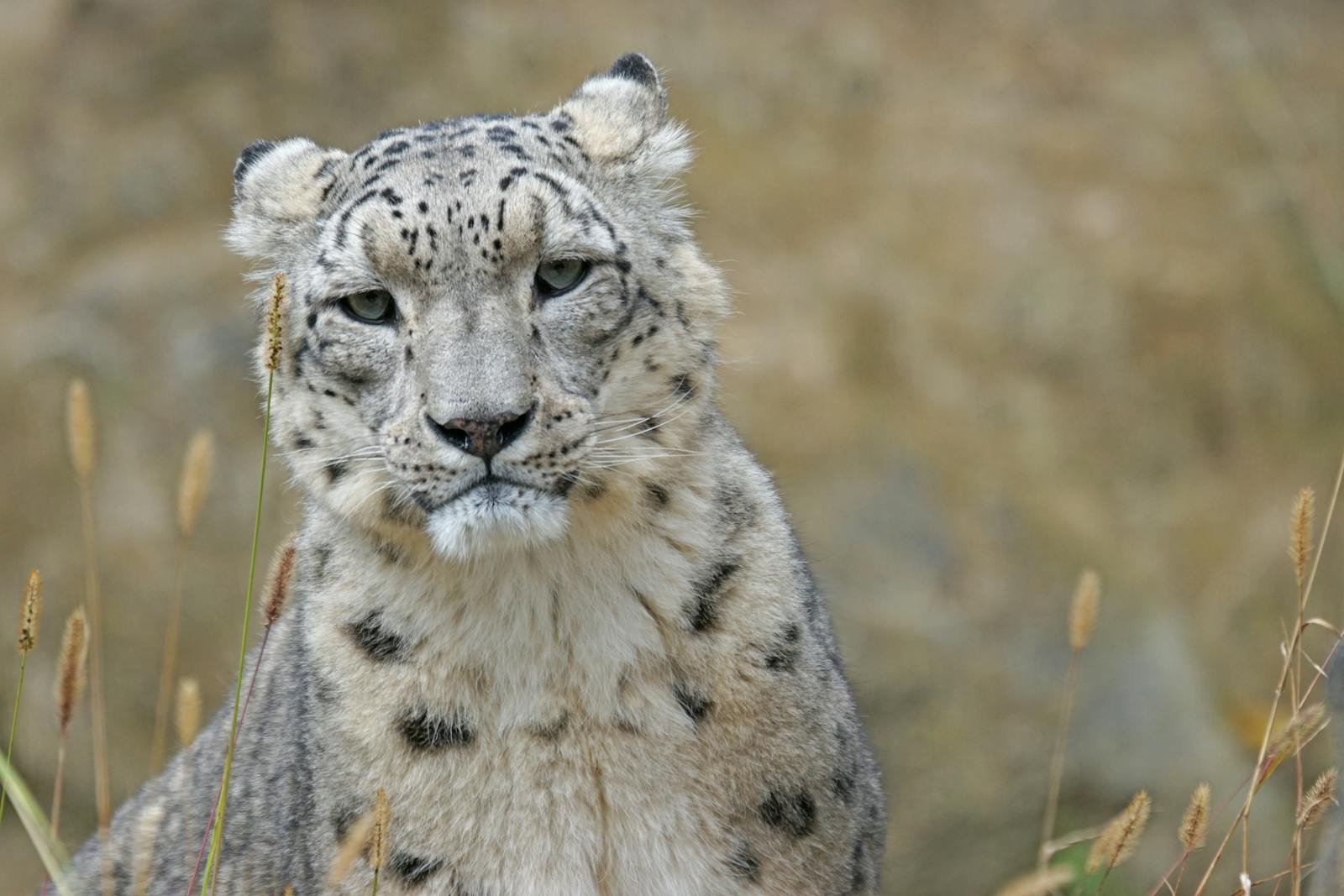
Snow leopards have evolved several physical and behavioral adaptations that enable them to thrive in high-altitude environments. Their thick fur, long bushy tails, and large nasal cavities are designed to withstand cold temperatures and thin air. These adaptations help them conserve heat and maintain optimum body function in conditions that would challenge most other species.
Camouflage and Stealth: Masters of Disguise
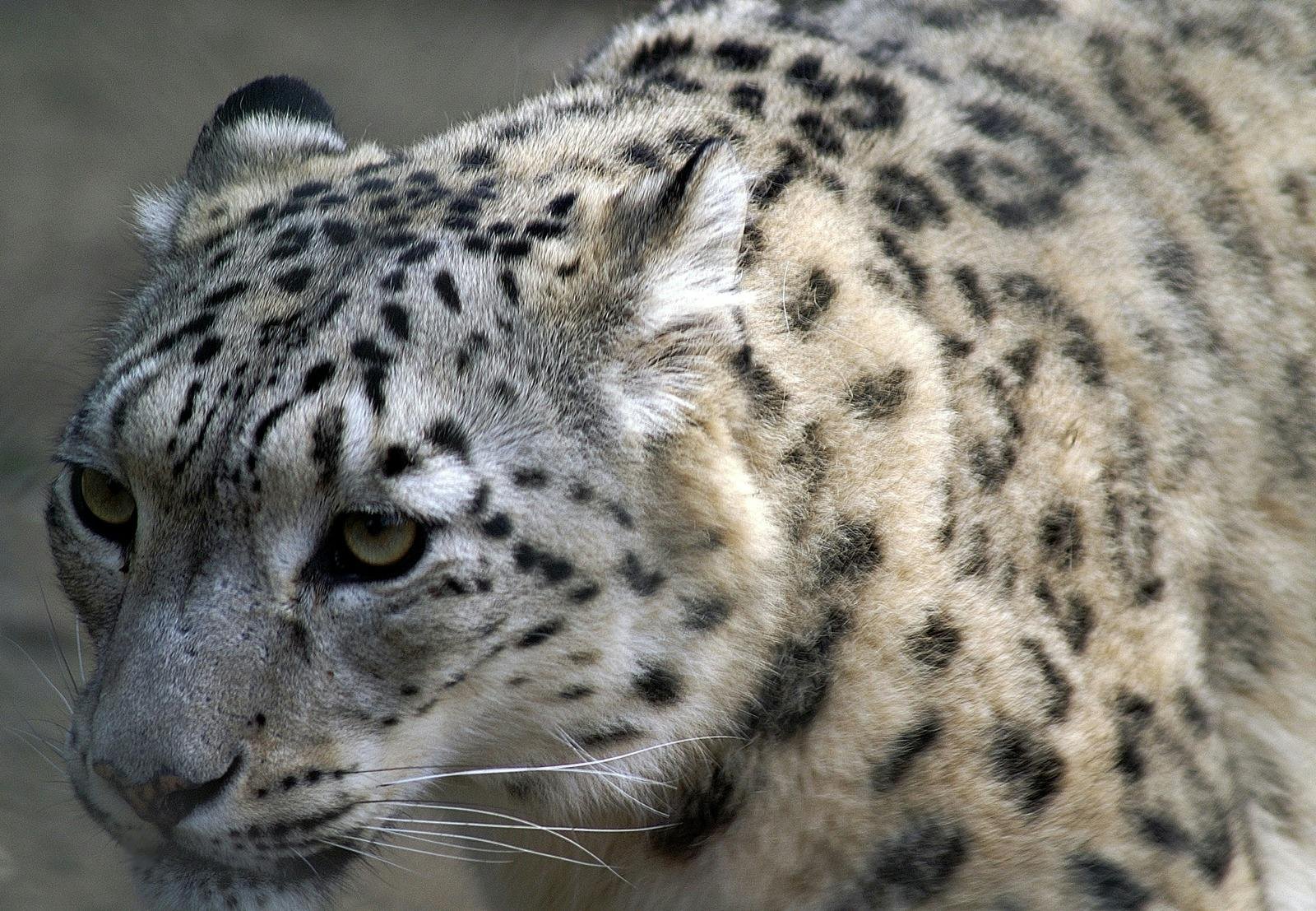
The snow leopard’s smoky-gray coat with rosettes and spots acts as perfect camouflage against the rocky mountain terrain. This natural disguise allows them to stalk prey undetected and also protect themselves from potential threats. Their ability to remain hidden is a key factor in their elusiveness, making them difficult to spot even for seasoned wildlife enthusiasts.
Behavioral Patterns: Solitary and Secretive
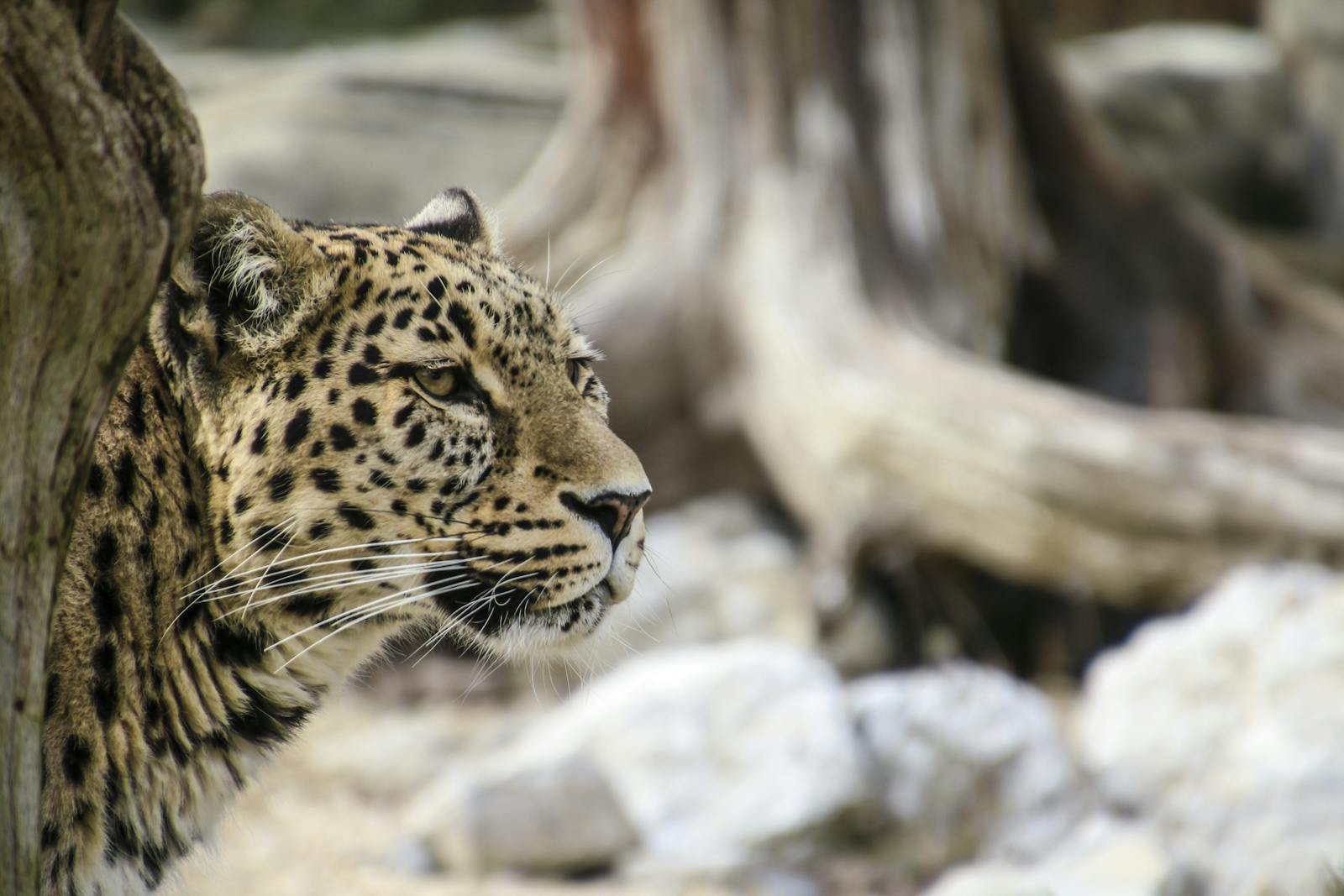
Unlike many other big cat species, snow leopards are solitary animals. They are most active during dawn and dusk, a behavioral trait known as crepuscular activity. This lifestyle not only minimizes encounters with humans and potential threats but also optimizes their chances of hunting successfully while avoiding the peak activity hours of both prey and predators.
Reproductive Challenges
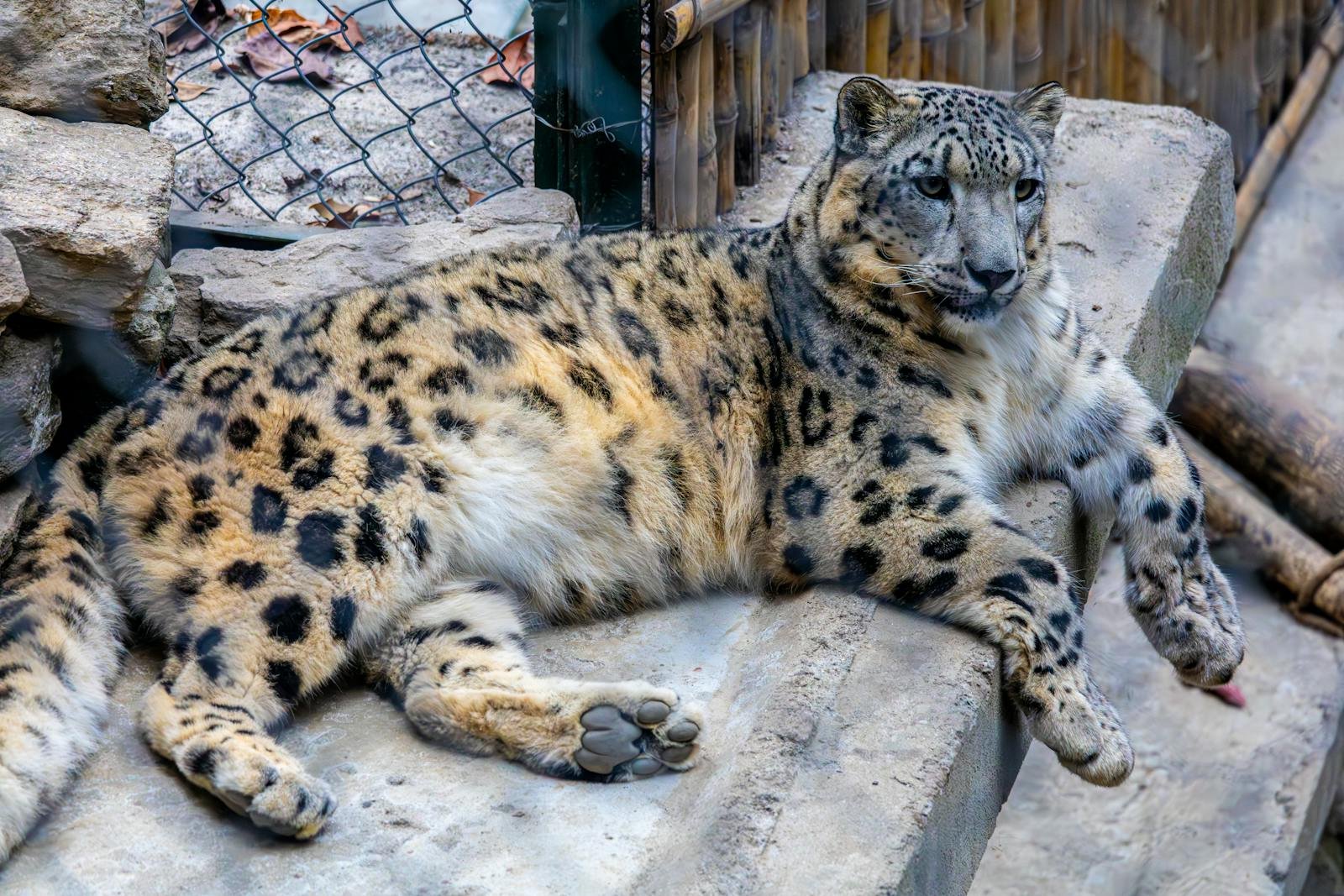
Snow leopards have relatively low reproductive rates, which adds to their rarity. Females typically give birth to two to three cubs after a gestation period of about 90-100 days. The cubs remain with the mother for nearly two years, during which time she teaches them vital survival skills. However, the harsh environmental conditions often result in a high mortality rate among cubs before they reach adulthood.
Diet and Hunting Techniques
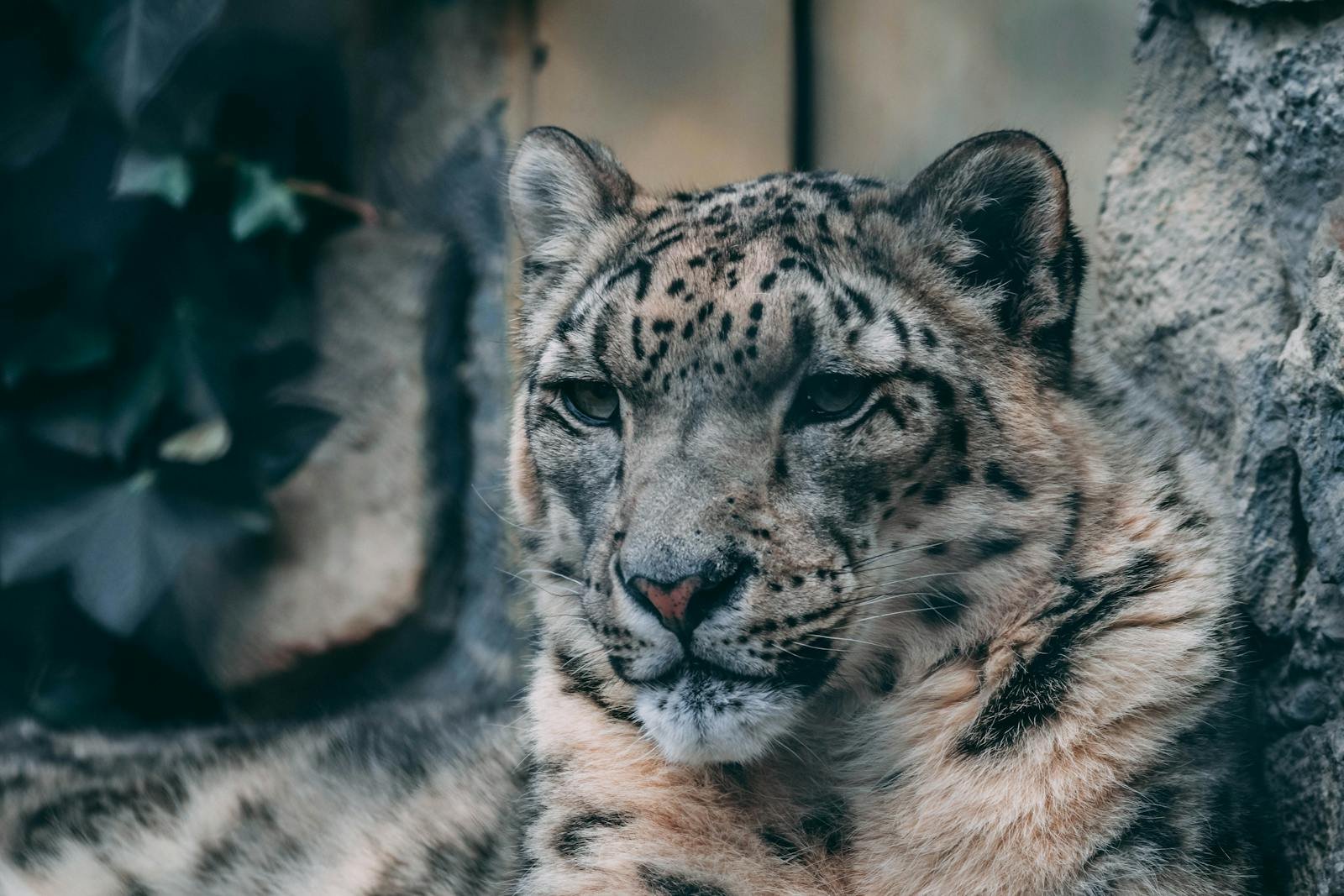
Snow leopards primarily prey on mountain ungulates such as ibex, blue sheep, and Himalayan tahr, supplementing their diet with smaller mammals and birds when necessary. They are solitary hunters, relying on their agile bodies to navigate complex terrains and execute high-speed chases. Their ability to leap up to six times their body length enables them to catch prey efficiently, even on steep and slippery slopes.
Human-Wildlife Conflict and its Impact
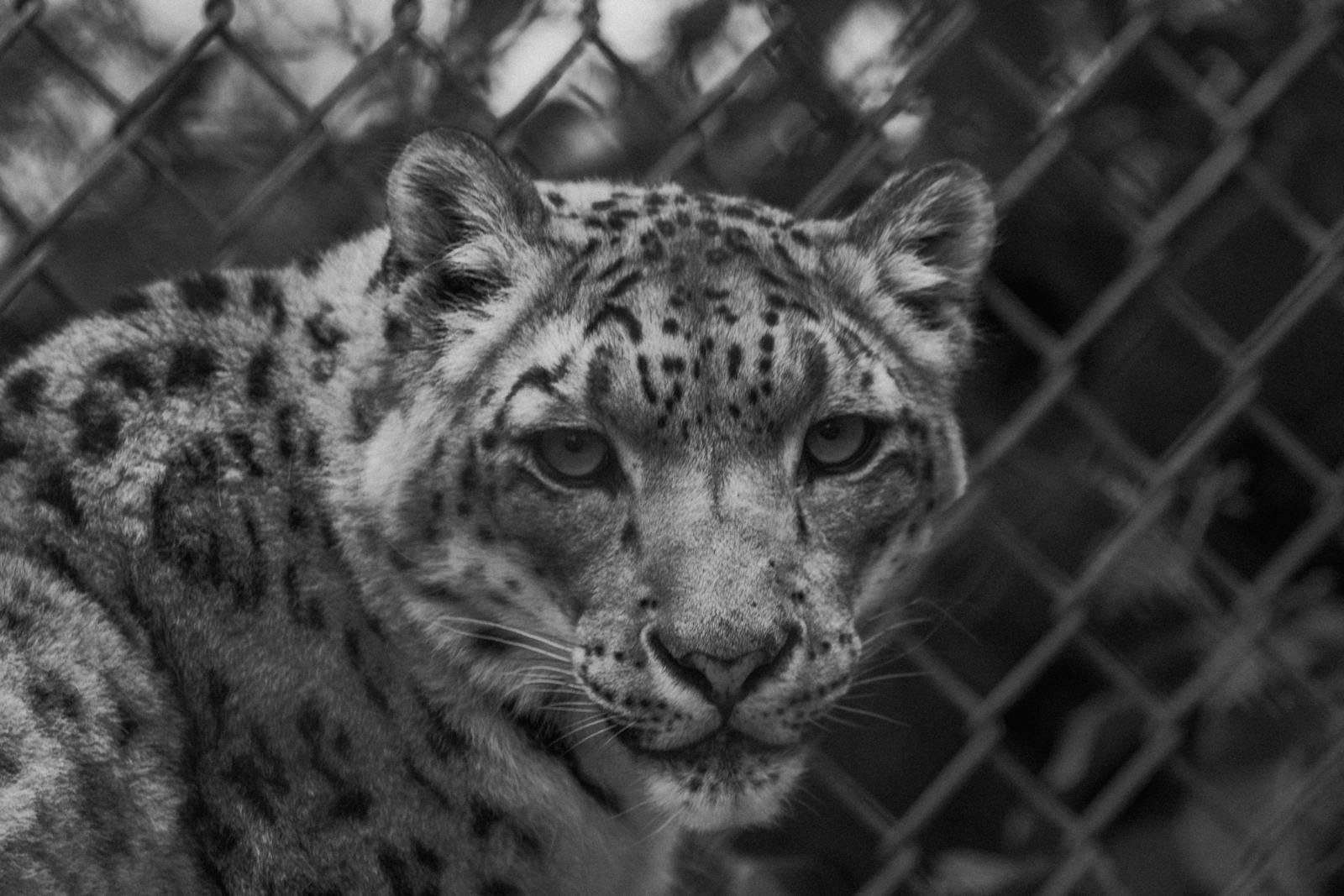
Human-wildlife conflict is a significant challenge for snow leopards, primarily due to livestock predation. As human settlements expand into their habitats, snow leopards occasionally prey on domestic animals, leading to retaliatory killings by local herders. Such conflicts have led to a reduction in their population and pose a continuous threat to their survival.
Conservation Efforts: Striving for Co-existence
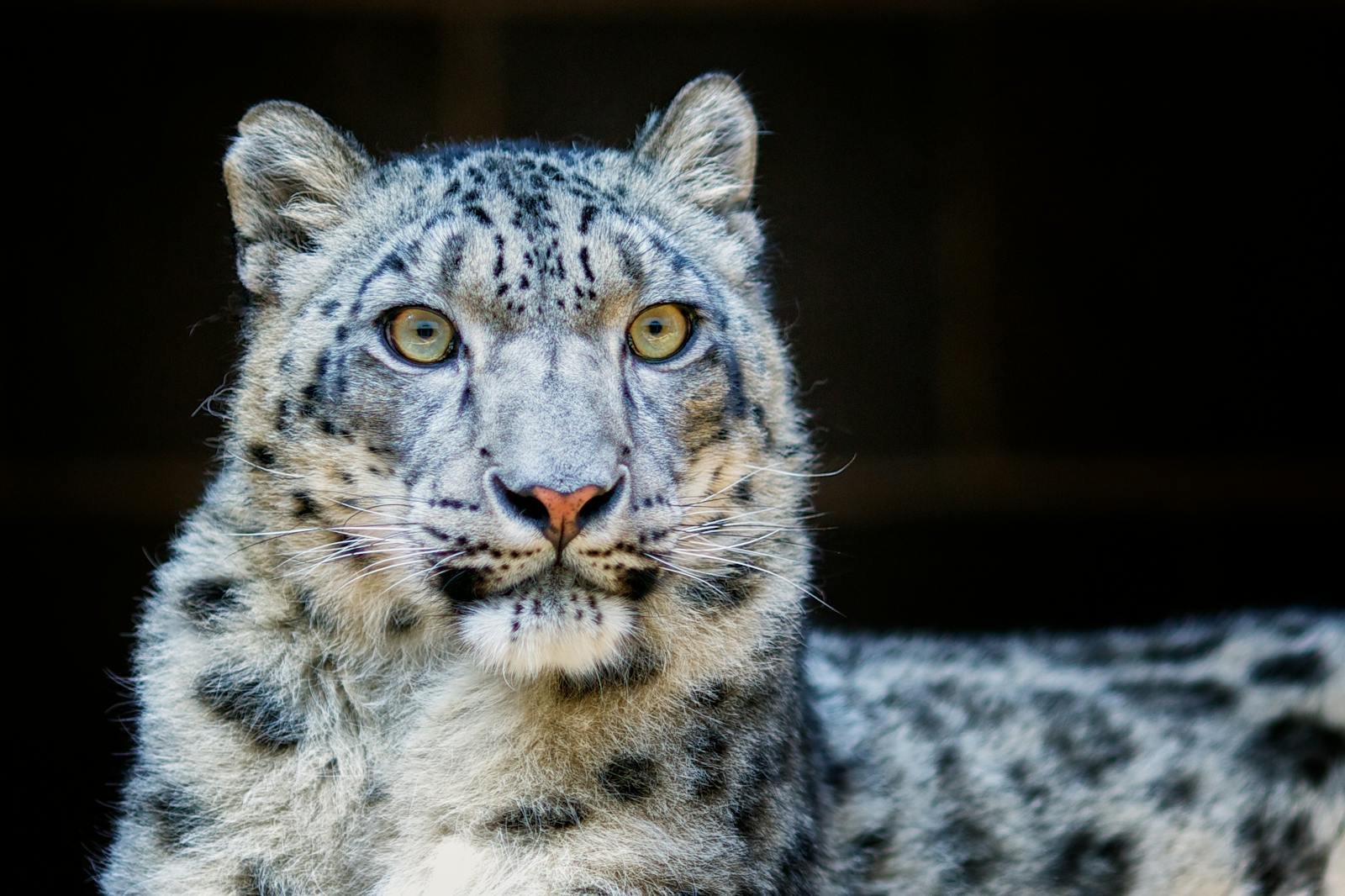
Conservation organizations are working tirelessly to address the challenges snow leopards face. Initiatives focus on habitat protection, anti-poaching measures, and community-based conservation programs. Education and awareness campaigns seek to mitigate human-leopard conflicts by encouraging sustainable practices and providing economic incentives to local communities for wildlife conservation.
The Role of Technology in Conservation
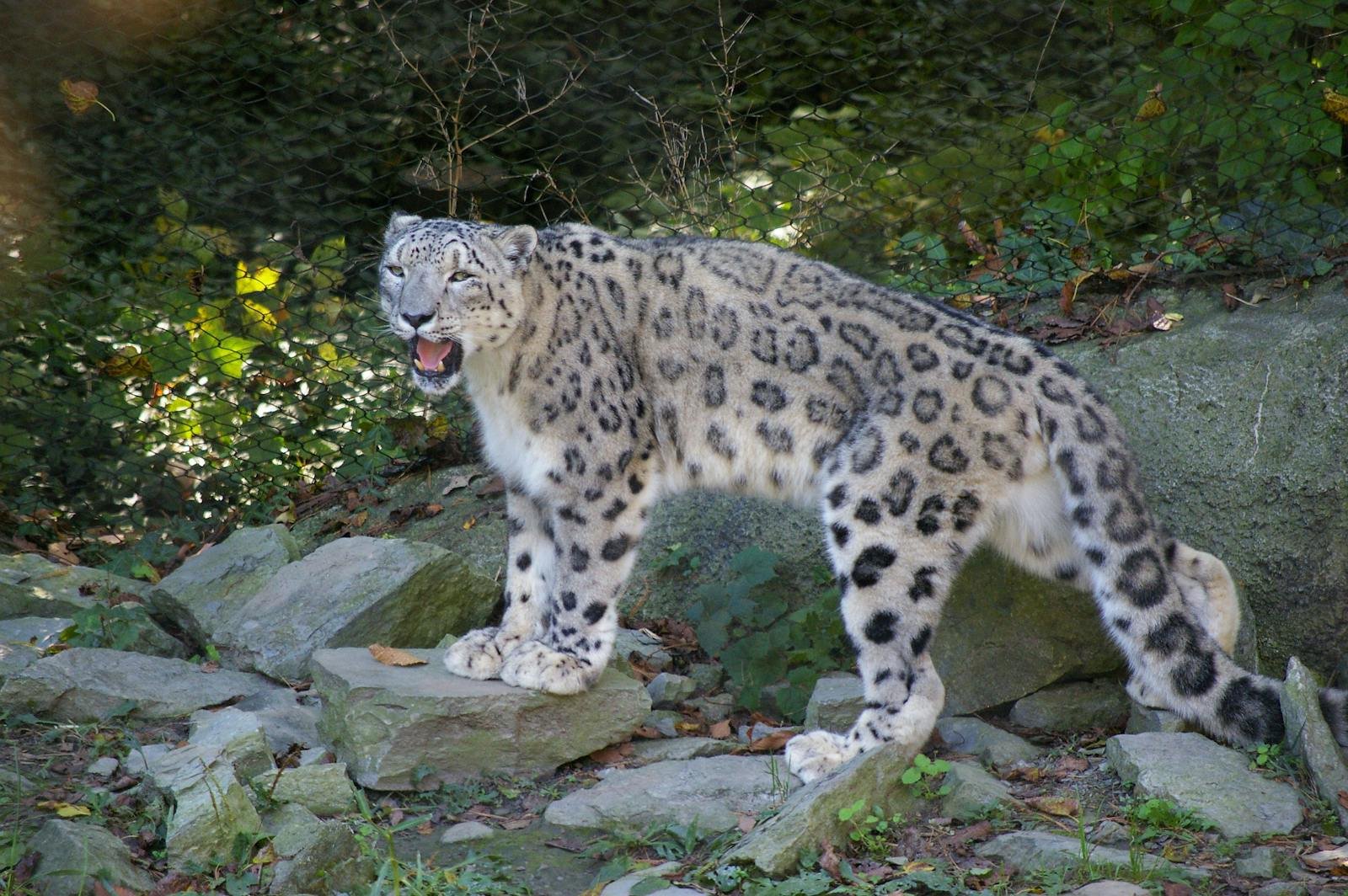
Advancements in technology have played a crucial role in snow leopard conservation. Camera traps, satellite collars, and genetic studies are now common tools used by researchers to monitor populations and understand the behavior of these elusive cats. These technological aids have provided unprecedented insights and data that are crucial for developing effective conservation strategies.
Conclusion: The Continued Quest to Understand Snow Leopards
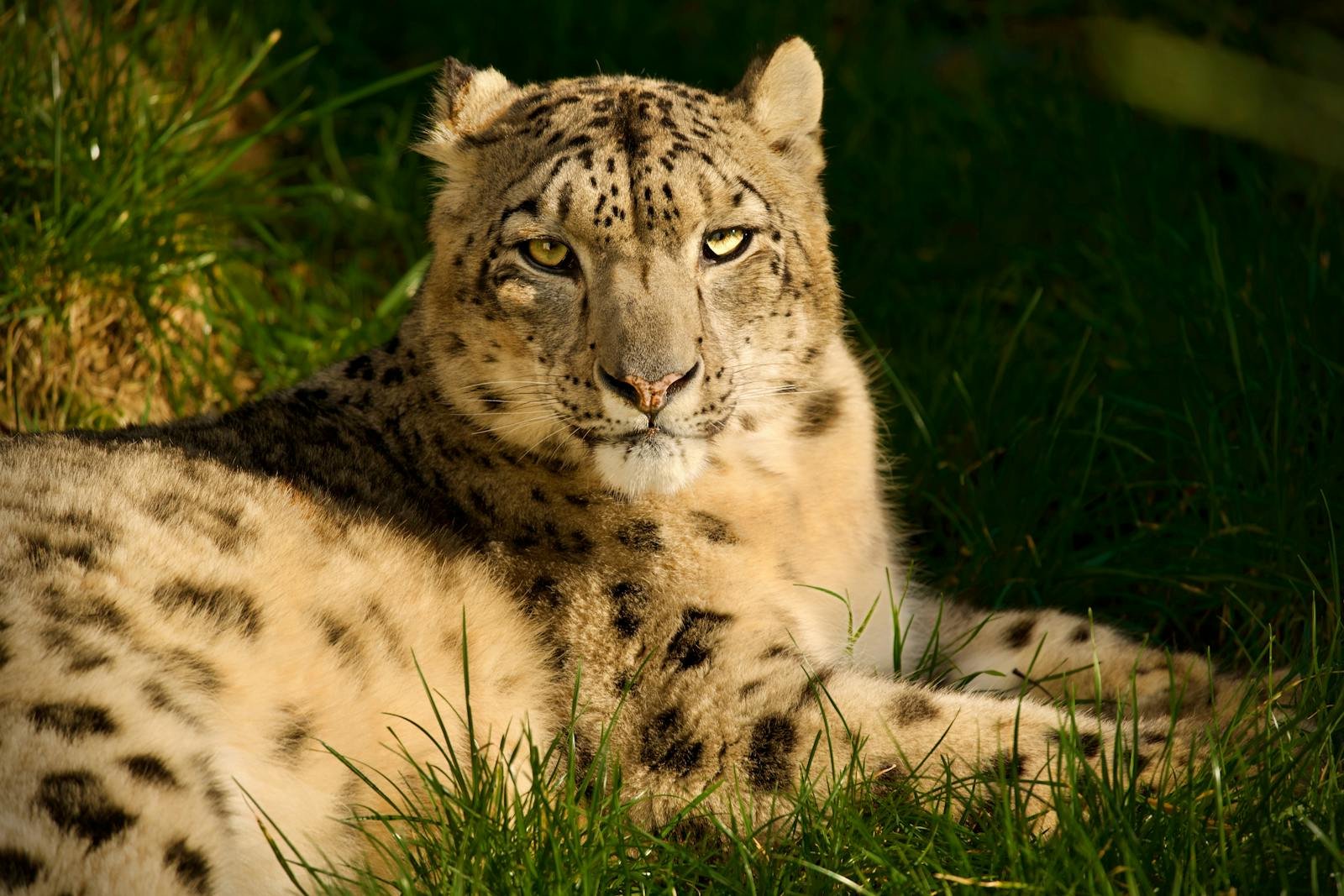
The snow leopard remains a symbol of mystery and strength in the natural world. While efforts to study and protect these remarkable cats have intensified, their elusive nature continues to challenge scientists and conservationists alike. As we deepen our understanding of snow leopards, it is vital that we integrate local communities, technology, and conservation policies to ensure their survival for future generations.
Hi, I’m Bola, a passionate writer and creative strategist with a knack for crafting compelling content that educates, inspires, and connects. Over the years, I’ve honed my skills across various writing fields, including content creation, copywriting, online course development, and video scriptwriting.
When I’m not at my desk, you’ll find me exploring new ideas, reading books, or brainstorming creative ways to solve challenges. I believe that words have the power to transform, and I’m here to help you leverage that power for success.
Thanks for stopping by, Keep coming to this website to checkout new articles form me. You’d always love it!






